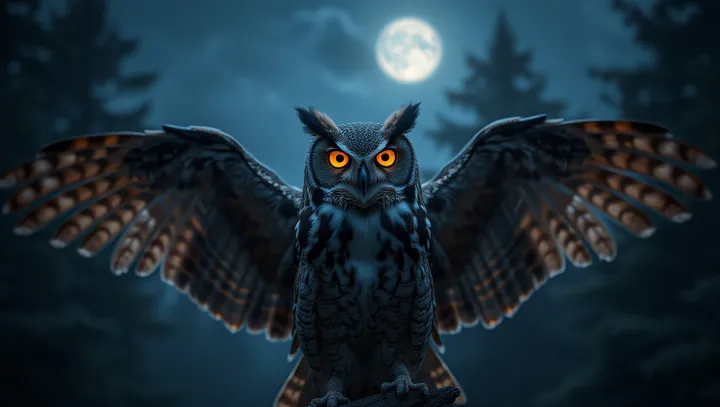Owls: Nature's Night Vision Champions

In a recent breakthrough study conducted at the University of Tokyo, scientists have uncovered the astounding visual prowess of owls, which far exceeds that of humans. These nocturnal predators possess a suite of adaptations that enable them to hunt with remarkable precision in minimal light. The research, which analyzed the anatomical structure of owl eyes, found that these birds have an extraordinarily high concentration of rod cells.
Rod cells, essential for night vision, allow owls to detect prey and navigate through dense forests in near-complete darkness—a feat impossible for humans. According to Dr. Ichiro Nakamura, the lead scientist, 'Owls have evolved this remarkable capability to thrive in nocturnal environments, offering us insight into evolutionary biology.' This discovery has broader implications, potentially informing advancements in night vision technology and low-light camera systems.
For years, scientists and engineers alike have been inspired by the biological feats of animals, and the owl's vision is now sparking interest in creating cutting-edge imaging devices. As the world continues to seek technological improvements, nature's time-honored designs remain an awe-inspiring blueprint. Owls, it seems, remain the unrivaled masters of the night.
